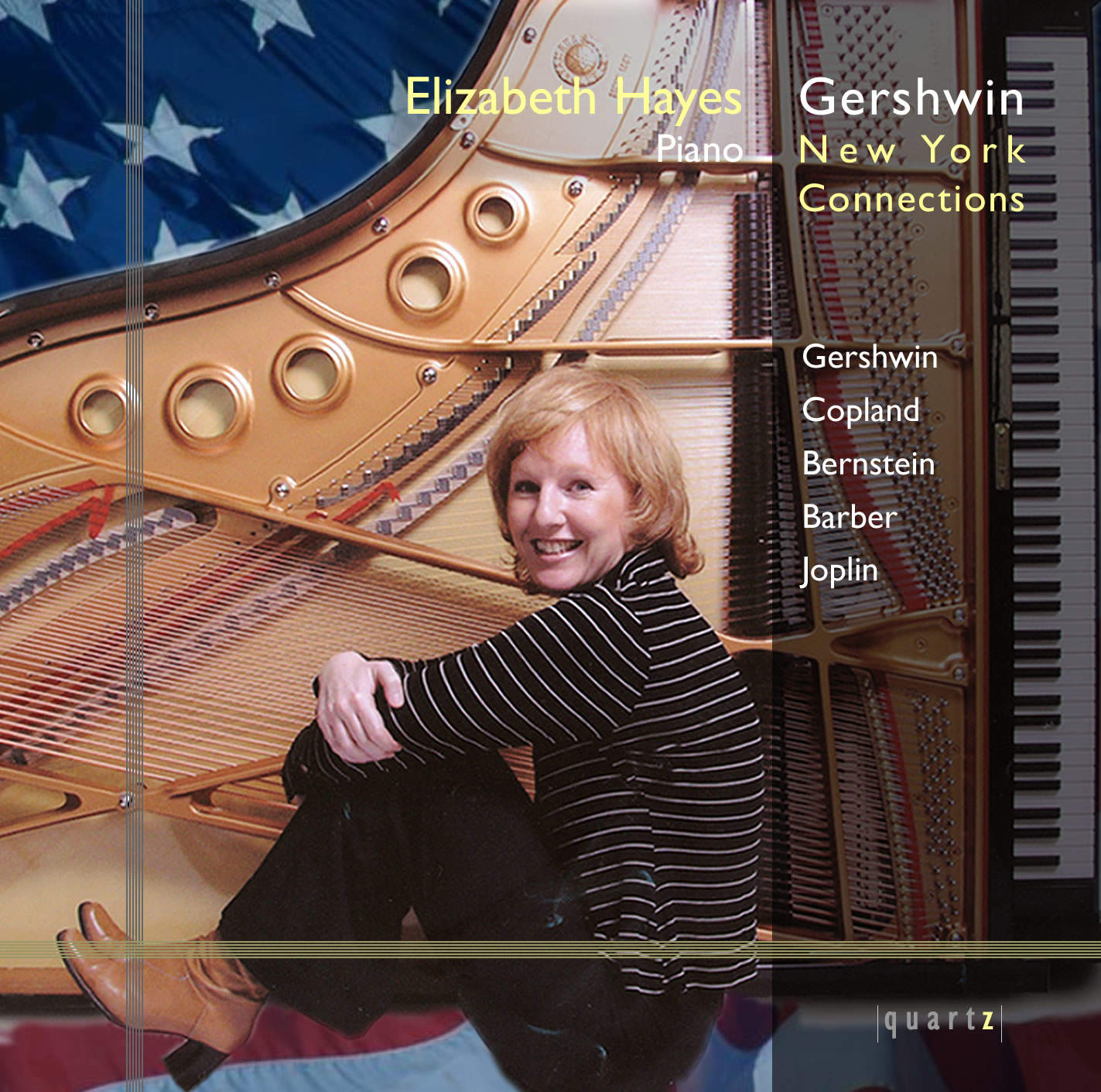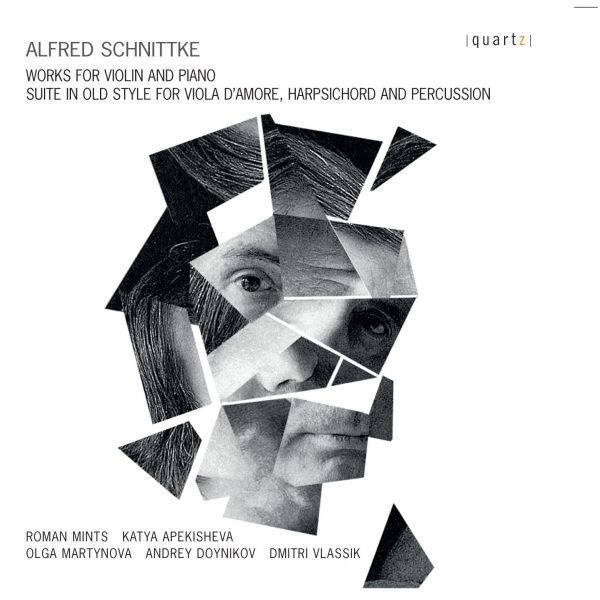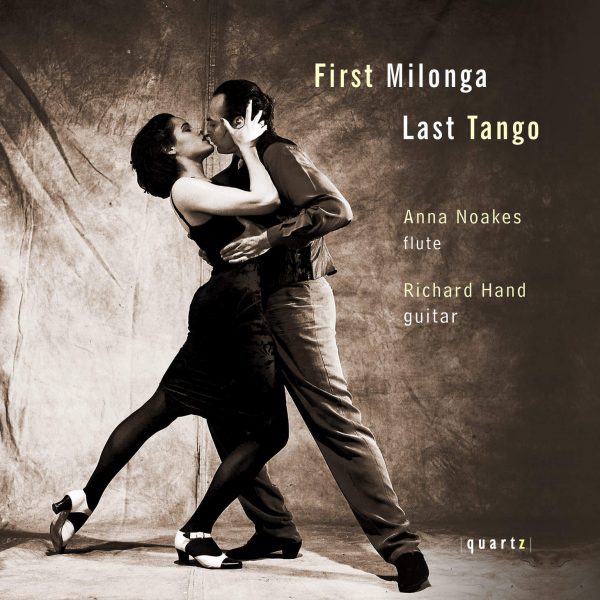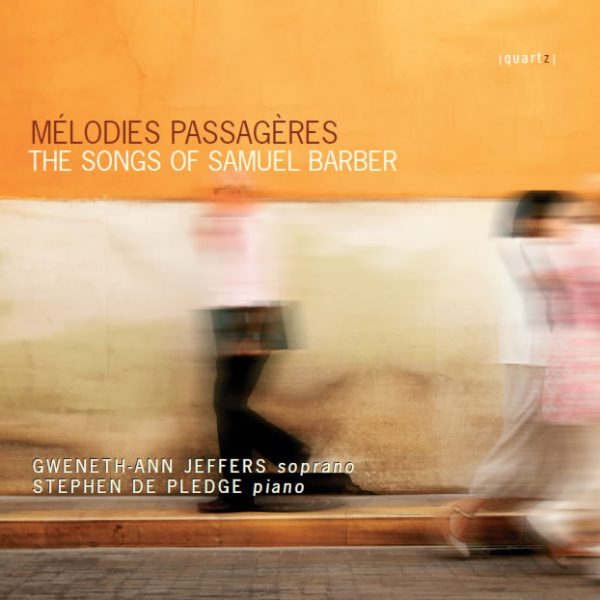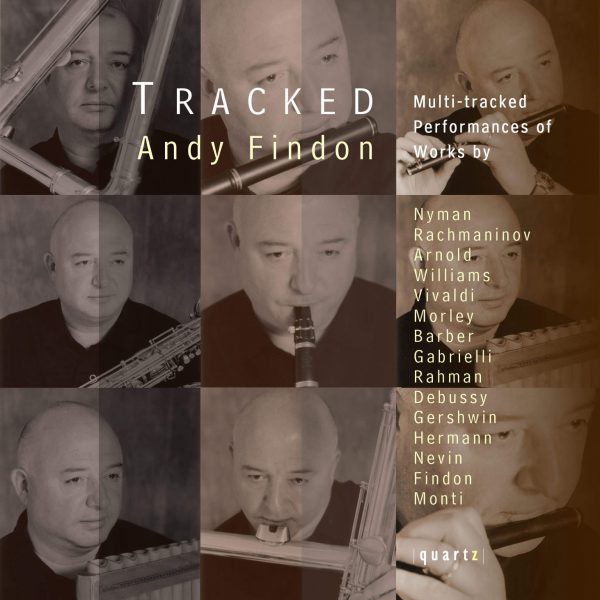Gershwin: New York Connections
£4.99 – £11.99
George Gerswhin – Three Preludes
Aaron Copland – Four Piano Blues
Leonard Bernstein – Four Anniversaries
George Gershwin – Four Song Transcriptions
Samuel Barber – Excursions
Scott Joplin – Four Piano Rags
George Gershwin – Rhapsody in Blue
A fascinating exploration of piano works by American composers whose lives, in some way, have been touched by New York. “These pieces seemed tied inextricably with the American personality and culture”, says Elizabeth Hayes of this programme, “at times warm and intimate, at others dazzling and extroverted, capturing an essence of blue-grass, jazz, hoe-downs and a cool, lyrical modernity”.
About This Recording
I was performing Maple Leaf Rag, The Entertainer and some of the Gershwin Songbook as part of a recital programme. An American friend asked if I played Joplin’s Solace, and so later that month I sat down with a couple of scores of Joplin’s rags and found them exhilarating. I wanted to explore the American piano repertoire more fully.
I had performed Rhapsody in Blue several times with orchestras, but never properly explored the solo piano version. I was already familiar with Samuel Barber’s works, but had yet to include any in my programmes.
I had the chance later that year of visiting New York for the first time, and loved it. I began to connect together a programme of American composers whose lives had touched New York. These pieces seemed tied inextricably with the American personality and culture – at times warm and intimate, at others dazzling and extroverted, capturing an essence of blue-grass, jazz, hoe-downs and a cool, lyrical modernity.
So gradually this recording took shape; I hope it shows the colour and immediacy that I found.
George Gershwin was born in Brooklyn in 1898, and lived in New York for most of his life. In all of his music there is a vibrancy and colour: the bright lights of Broadway, the glamour of Hollywood. The Preludes were published in 1926. Nos. 1 and 3 are energetic, with moments of schmaltz. No.2 is essentially a blues piece – warm and tender with a simple melody over a strummed bass line.
Gershwin’s success was born of the many songs from the shows he wrote with his brother Ira. He arranged several for solo piano, loving to sit and improvise at the many after-show parties. Who Cares? comes from the Pulitzer Prize-winning Of Thee I Sing, written in 1931, and has a modern feel. Fascinating Rhythm and The Man I Love came earlier, in 1924, the year of Rhapsody in Blue. I Got Rhythm was written in 1930 and is a larger-scale arrangement, with a change of key and style in the middle.
The piece that perhaps epitomises Gershwin’s style more than any other is Rhapsody in Blue. Written in haste in 1924 when a mooted idea for a concert at the Aeolian Hall in New York became a reality, it is romantic, heart-on-sleeve music. A simple melodic and rhythmic idea forms the basis for the piece, which falls loosely into three sections, and he draws on many different influences in its composition: moments of ragtime, jazz and blues, as well as the work of more established composers such as Rachmaninov and Stravinsky.
Gershwin arranged the piece for solo piano in 1927, managing to keep the sense of a large-scale orchestral work while making some cuts to the original.
Aaron Copland‘s Four Piano Blues were written in 1949. More than any other composer he seems able to portray the sense of America’s landscape and the cultural roots of its music. He was born in Brooklyn in 1900, living most of his life in New York City until his death in 1990.
Though he was known more widely for his large-scale orchestral works, Copland writes with intimacy and a very personal voice in these short pieces. Each has a descriptive performance direction: 1. Freely poetic; 2. Soft and languid; 3. Muted and sensuous; 4. With bounce.
Leonard Bernstein‘s Anniversaries are again intimate portraits, snap-shots of people in his life. He wrote several sets – these four are from 1948.
Dedicated to his wife, Felicia Montealegre – it shows sadness, beauty, a complex character, implicit tenderness.
For Johnny Mehegan, is sexy and dangerous – a foretaste perhaps of the music of West Side Story. Mehegan was a successful jazz pianist and close friend of Bernstein.
Written for the composer David Diamond – there is a seriousness here, but also a sensitivity.
For Helen Coates – a whirlwind of a piece, describing his assistant – a woman central to his career. It shows a brittle, pointed character, buzzing with energy and with a fiery temper.
Leonard Bernstein became connected with New York through his work with the New York Philharmonic Orchestra, from 1958, and was a friend and colleague of Copland, dying there the same year, 1990.
Samuel Barber wrote the four Excursions from 1942 to 1944, describing them as “excursions in small classical forms into regional American idioms…Their regional characteristics, as well as their sources in folk material and their scoring, reminiscent of local instruments, are easily recognised.” Though sometimes labelled as “neo-Romantic”, Barber’s writing refuses to be pigeon-holed into one particular style, and these pieces show that diversity well.
The first is the only piece to show sophistication and dryness in its boogie-woogie bass line and rhythmic patterning. More dissonant than the others, it may reflect the city of New York where he lived for some years, dying there in 1981. No.2 has a feel of the deep south, a plaintive blues melody. The third is opulent and lush, with a vaguely Latin-American style. The cross-rhythms are complex, though the overall effect is very free and improvisatory. Finally there is a hoe-down; the fourth piece is exuberant and folksy, reminiscent of harmonica and fiddle-playing.
Scott Joplin was born in Texas in 1868, and spent the life of an itinerant ragtime pianist until moving to New York in 1911. He worked in the bars and jazz clubs of St. Louis and Chicago for many years, but was later able to gain an income from the publication of his rags – notably his first success, Maple Leaf Rag – named after the Maple Leaf Club of Sedalia, where he played for some time. The Entertainer has become perhaps his most famous composition – both this and Maple Leaf Rag encapsulate the elegance, subtlety and wit of Joplin’s work. Magnetic Rag is an example of the later rags, more experimental in its harmonies, and with one of its sections in a minor key. It has the feel of an accompaniment to a silent movie, with a broader emotional scope than usual. Solace, subtitled A Mexican Serenade, is a much more personal statement, with a gentle melancholy and beautiful lyricism
Programme Notes by Elizabeth Hayes
Track Listing
-
George Gershwin
- Three Preludes (i) Allegro ben ritmato e deciso
- Three Preludes (ii) Andante con moto e poco rubato
- Three Preludes (iii) Allegro ben ritmato e deciso Aaron Copland
- Four Piano Blues (i) Freely Poetic
- Four Piano Blues (ii) Soft and Languid
- Four Piano Blues (iii) Muted and Sensuous
- Four Piano Blues (iv) With Bounce Leonard Bernstein
- Four Anniversaries (i) For Felicia Monetealegre
- Four Anniversaries (ii) For Johnny Mehegan
- Four Anniversaries (iii) For David Diamond
- Four Anniversaries (iv) For Helen Coates George Gershwin
- Four Song Transcriptions (i) Who Cares?
- Four Song Transcriptions (ii) Fascinating Rhythm
- Four Song Transcriptions (iii) The Man I Love
- Four Song Transcriptions (iv) I Got Rhythm Samuel Barber
- Excursions (i) Un poco allegro
- Excursions (ii) In slow blues tempo
- Excursions (iii) Allegretto
- Excursions (iv) Allegro molto Scott Joplin
- Four Piano Rags (i) The Entertainer
- Four Piano Rags (ii) Maple Leaf Rag
- Four Piano Rags (iii) Magnetic Rag
- Four Piano Rags (iv) Solace George Gershwin
- Rhapsody in Blue
